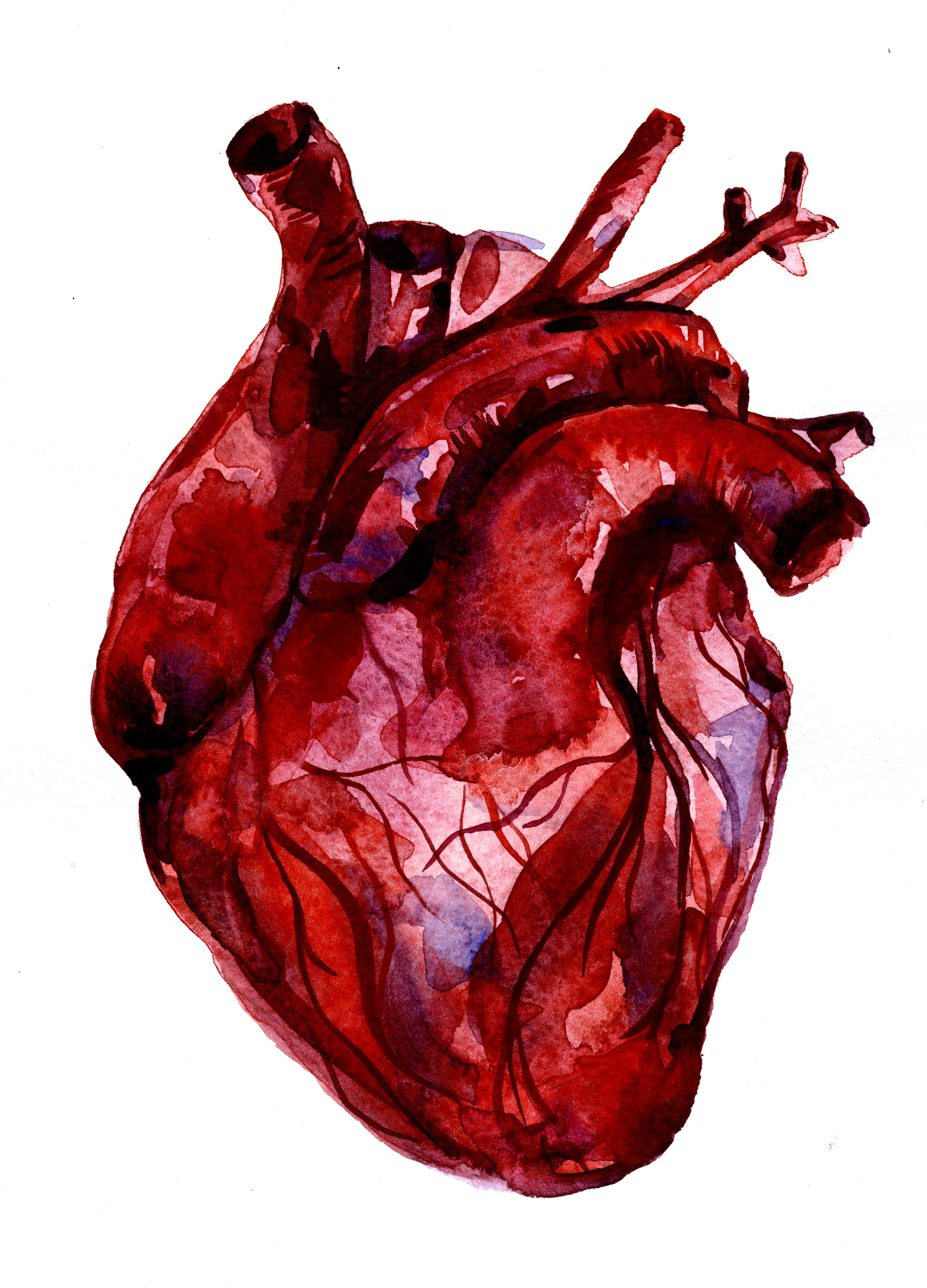A single gene could repair your broken heart
/New research from Europe suggests a gene variant often found in centenarians could restore heart health.
A study published in the journal “Cardiovascular Research” suggests the LAV-BPIFB4 gene could help restore deficits in the function of old vascular cells. Researchers induced the expression of LAV-BPIFB4 in aged mice, which led to improvements in cardiac function. Translated to humans, such treatment could reduce the heart’s biological age by 10 years, according to researchers.
Dr. Paolo Madeddu, professor of experimental cardiovascular medicine at Bristol University in the UK, said the implications are significant.
“Centenarians can pass their healthy genes to their offspring,” Madeddu told Medical News Today. “This study demonstrates that it is also possible to make human cardiac cells younger … by transferring a gene expressed by centenarians.”
He said LAV-BPIFB4 reprograms cardiac cells to become more resistant to stress and build up the capacity to make proteins.
Researchers believe the gene works to overcome some conditions that lead to heart disease among older adults.
As people age they often experience the dysfunction of endothelial cells, which form the inner lining of blood vessels and the heart. These cells regulate blood flow and the exchange of fluids and molecules between blood and tissue. They also play a role in angiogenesis, the process by which new blood vessels form from existing ones. Research shows that endothelial dysfunction is associated with a reduction in the density of capillaries that distribute oxygen and nutrients throughout the body.
This means endothelial cell dysfunction can result in narrowing of arteries and lead to a reduced blood supply to the heart muscle, increasing the risk of a heart attack.
To assess the gene variant’s impact, researchers analyzed human hearts from ischemic heart failure patients undergoing heart transplants and hearts from individuals who died from non-cardiovascular causes.
They found that hearts from ischemic heart failure patients showed lower expression levels of BPIFB4 and lower capillary density than healthy hearts.
This suggests that LAV-BPIFB4 could enhance the ability of senescent endothelial cells to form new blood vessels.
To test their theory, researchers delivered LAV-BPIFB-4 to middle-aged and old mice using a viral vector. The aged mice showed a decline in cardiac function. Treatment with LAV-BPIFB4 was associated with an improvement in the left ventricle in middle-aged and old mice. The left ventricle pumps oxygenated blood to the body.Treatment with LAV-BPIFB4 increased coronary blood flow.
The research is important because it demonstrates that it may be possible to rejuvenate cells and organs in the body to induce them to function more vigorously, as they would have functioned when the individual was younger.
Important work is being done on cellular rejuvenation by many companies, including Turn Biotechnologies, a company Methuselah Foundation helped to establish. The trailblazing work of researchers at Turn Bio and other organizations may soon enable us to restore our bodies ability to fight off disease and repair damage.
This work is critical to our mission of making 90 the new 50 by 2030.


